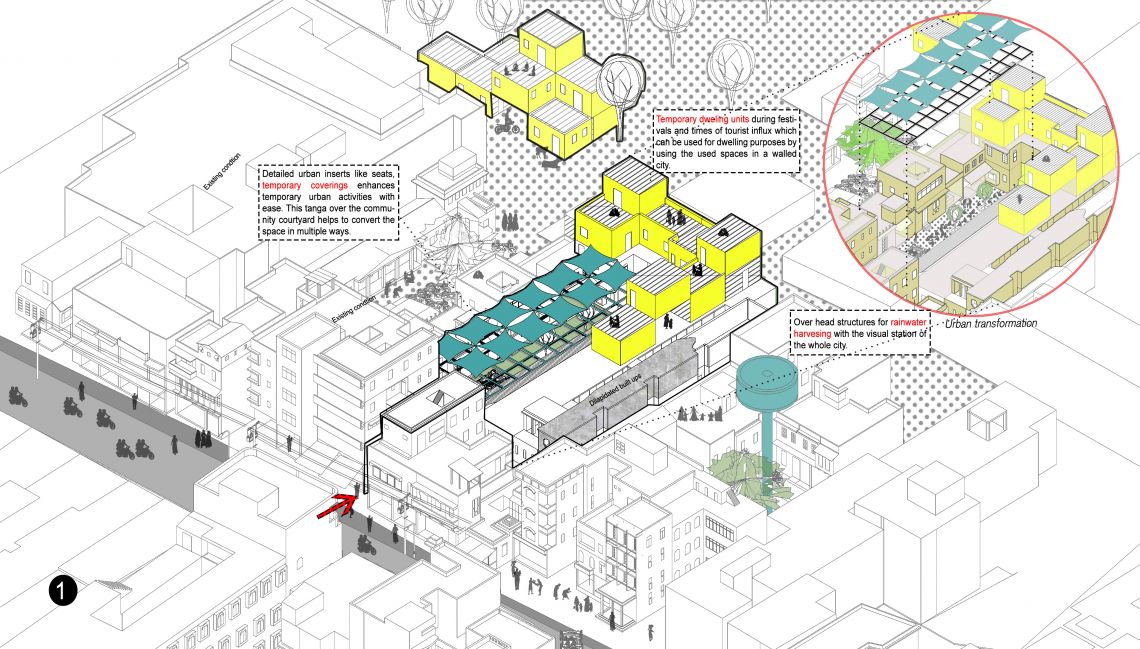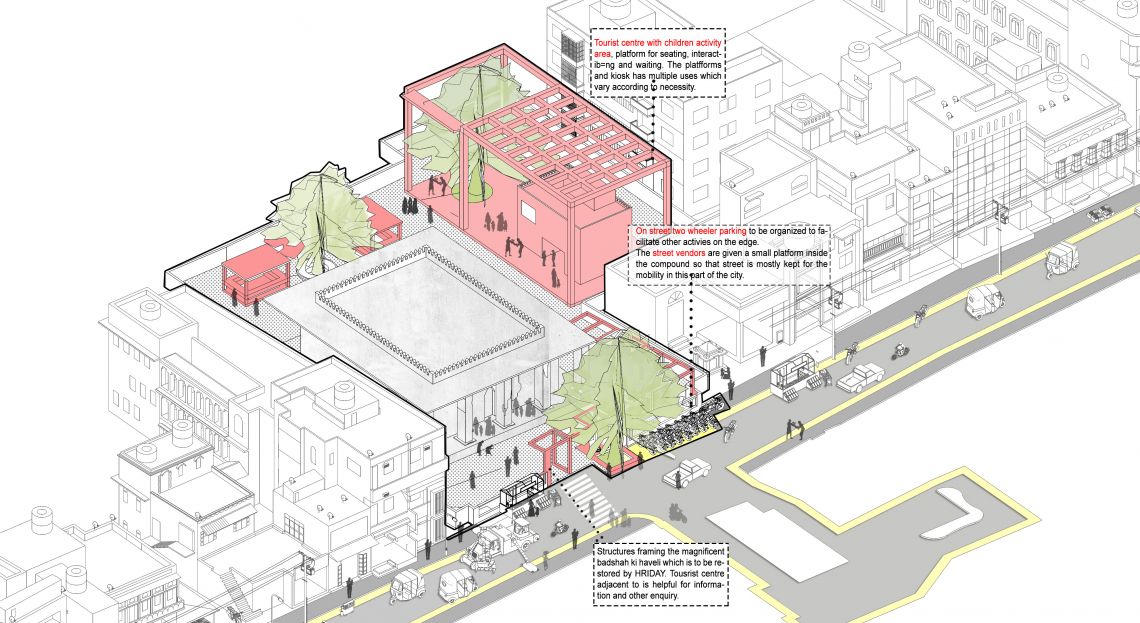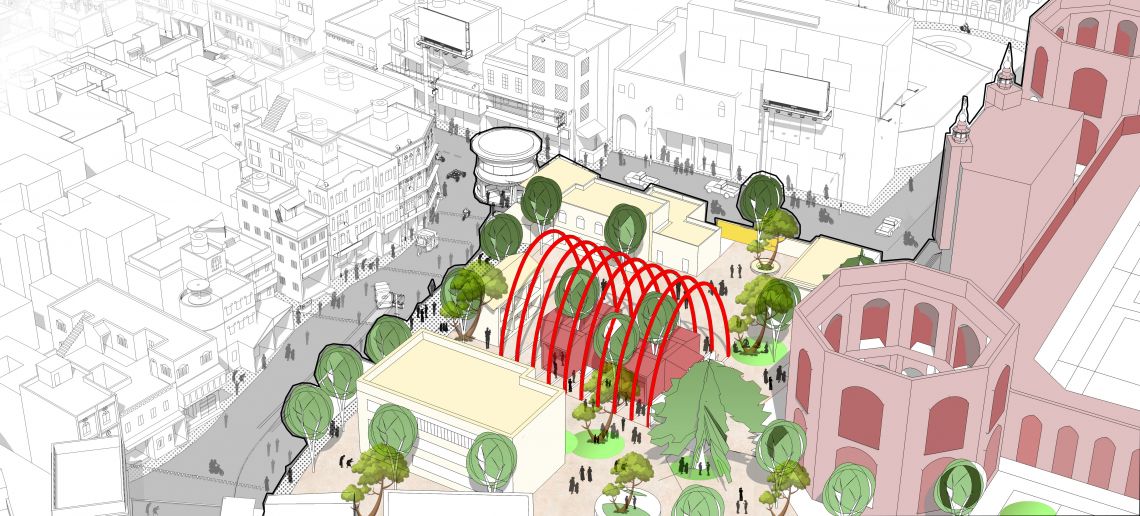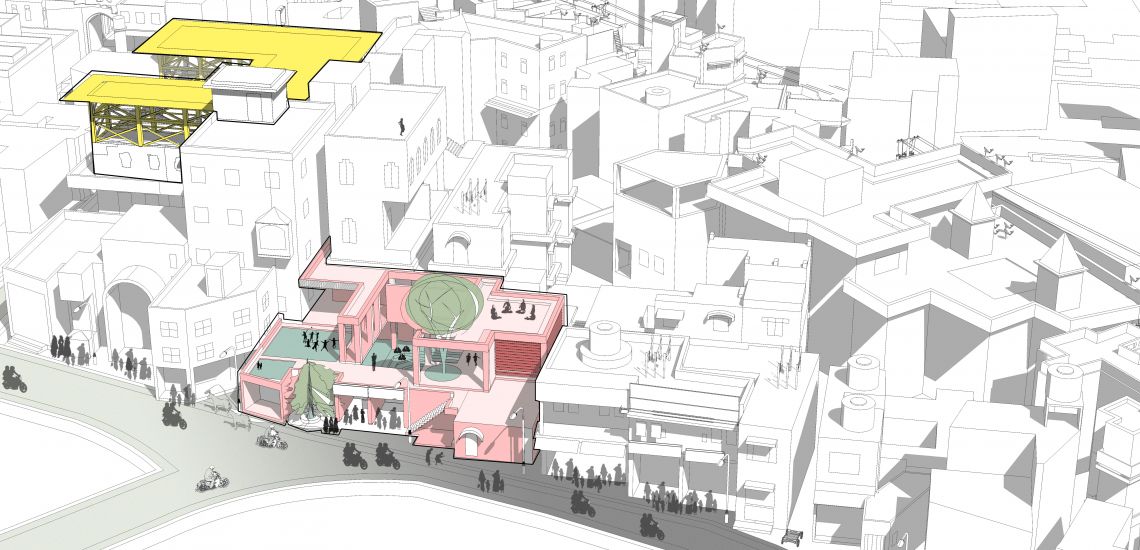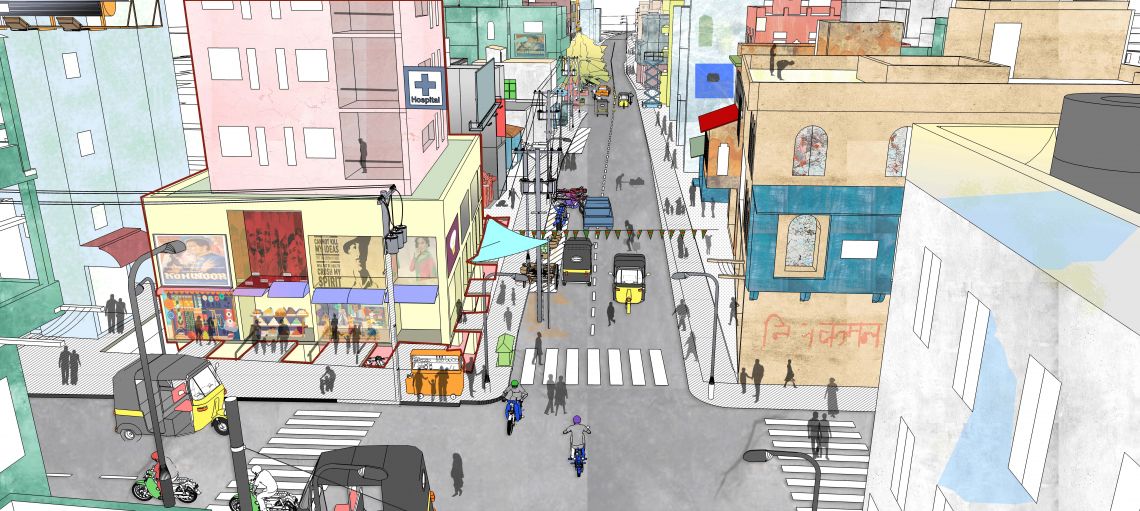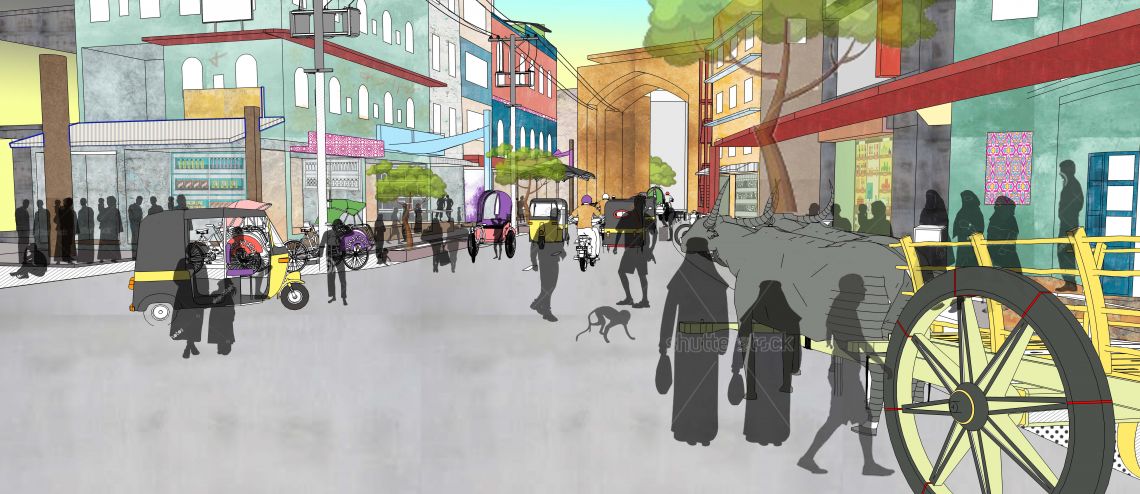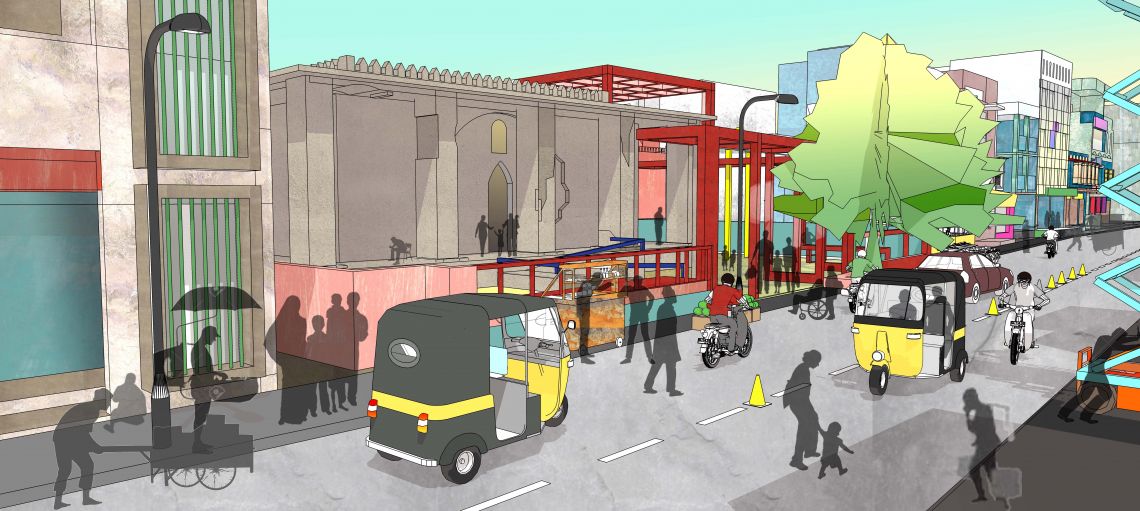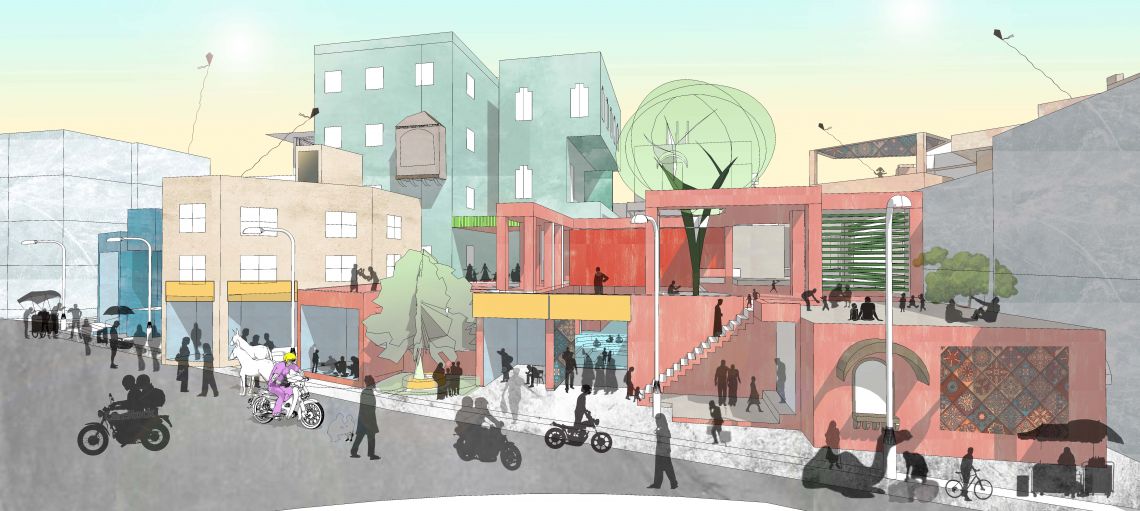Your browser is out-of-date!
For a richer surfing experience on our website, please update your browser. Update my browser now!
For a richer surfing experience on our website, please update your browser. Update my browser now!
Ajmer is a city bustling with a multicultural backdrop, cosmopolitan society and a chaotic pilgrim spot which holds a unique position among the twelve cities identified by HRIDAY Scheme which has initiated the process of conserving and restoring the built and unbuilt heritage of the city. The eclectic style of architecture and growth pattern of the city reflects the significant influence of the various eras and dynasties resulting in a low-density city with highly dense inner core. This project is a study of rejuvenating and revitalizing the walled city through a series of micro-projects with significant impacts and explore the potential of the city having spiritual attraction. These projects act as urban catalysts hastening the initiative taken by HRIDAY. The projects are plugged in and inserted with the dense fabric will create a network devoted to developing more inclusive, informative and sustainable planning decisions for public space in historic Indian cities, as well as collectively cater to the issues mentioned below: • A rapid growth in tourist number annually has exacerbated the stress on city infrastructure which is moreover not equally distributed and neither being maintained due to either overuse or underuse of amenities. A significant number of pilgrims find basic facilities to be unaffordable excepting the meals given out from the religious centres. Temporary dwelling units and convertible spaces with flexible and movable structures adjacent to hospitality prioritized blocks provide a solution at peak times. • Accessibility to the niches and unused spaces within the dense walled city is achieved by micro conservative surgical interventions by understanding and analyzing the built forms to be preserved and the ones which are dilapidated. As well as additional prefabricated structures can be installed for encouraging the local craftsmanship like glass cutting and bangle making. • The conservation and re-adaptation of the physical and intangible heritage structures create more interactive urban spaces and brings in current practices within heritage areas. • The organization and redesigning of junctions and streets link the array of inserts also increases the mobility. The informal economy has an enormous contribution to the intangible assets of the city which also is dealt with as urban encroachments inevitably causing traffic congestion within the city. The organization of such spots and also resolving the parking problems would clear out spaces for proper traffic flow. Decluttering the visual experience is a prior factor for HRIDAY in addition to that the cleared- out spaces can be flexibly reutilized for relining the heritage to the city. • Tourist spaces have an adverse effect of cosmopolitan environment where the local community development is reduced, thus more accessible and child-friendly spaces are introduced within the eclectic bustle. The strategies follow a series of research and analysis with the focus on the roles and benefits of a certain urban local environment. The acupunctures address to the issues of a particular area whereas these issues are scattered all over the walled city while the solutions are area specific. They identified nine consecutive projects provide ambitious solutions to the identified issues over the area adjacent to the fort and the meandering streets towards the Dargah connecting the numerous cultures, ethnicities and purposes of visiting Ajmer.
